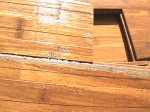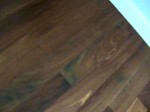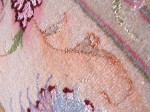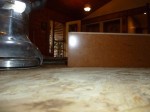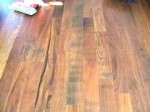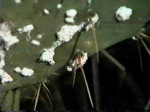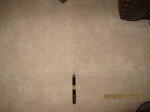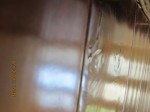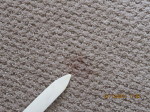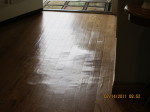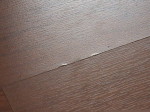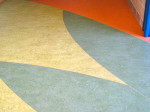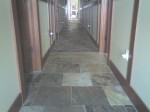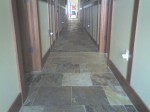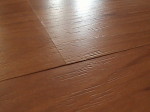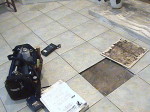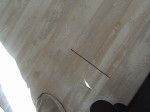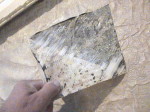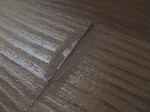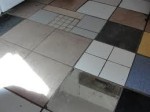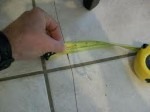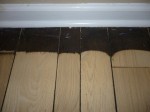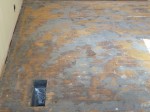| Bostik issues statement on adhesive products March 23, 2012 Bostik, Inc., has issued an overview of their polyurethane wood flooring adhesive products and how they relate to the EPA's Action Plan regarding Methylene Diphenyl Dissocyanate (MDI) and Related Compounds from last April. The statement follows in full: "Bostik’s polyurethane wood flooring adhesive products contain extremely minimal quantities of residual MDI (0.1% to 1.0%), with very low volatility. Data Bostik has developed with an independent third party establish that these products do not result in any detectable exposure of MDI to applicators, others in the vicinity, or those present after application has been completed. "As a participant in a February 2012 meeting with EPA and other industry leaders regarding the April 2011 Action Plan, Bostik is aware that EPA’s focus, consistent with the Action Plan, is primarily with spray foam technologies and high monomer wood working glues, not on low monomer products such as Bostik’s hardwood flooring adhesives. "EPA has not indicated it intends to ban polyurethane adhesive products that contain MDI, and suggestions that EPA intends to issue fines are completely baseless. To the contrary, at the Feb. 15 meeting, EPA indicated it will continue to investigate the exposure potential for MDI in products and then will make recommendations for Best Practices around labeling for proper protection and handling during and after products are applied." |
Friday, March 23, 2012
Warmer Weather is Good For Beetles, Bad For Pines
| The San Francisco Chronicle reported Wednesday that
mountain pine beetles are in the midst of a "baby boom," and that unseasonably warm weather is the root cause. Instead of mating just once a year like they typically do, Colorado's lucky mountain pine beetle population is getting an extra go at it due to a longer span of warm weather, churning out an extra generation of pine tree killers. Researchers from the University of Colorado noticed in 2008 that the tiny rice-sized beetles were swarming two months ahead of schedule, so they spent the summers of 2009 and 2010 looking at them more closely. They discovered that the beetles morphed into adults, escaped their tree nests, attacked nearby pine trees and laid eggs sooner than normal. This group's offspring then did the same cycle and ended up infesting another round of pine trees, making it the second infestation of the season. Since the stands of dead pine trees—millions of acres spanning Canada and the U.S.— make for a heightened risk of forest fires, some enterprising wood products companies are making lemonade from lemons by turning the "beetle kill trees" into flooring. |
|
| Posted By HWF Editors At 4:24 PM | |









